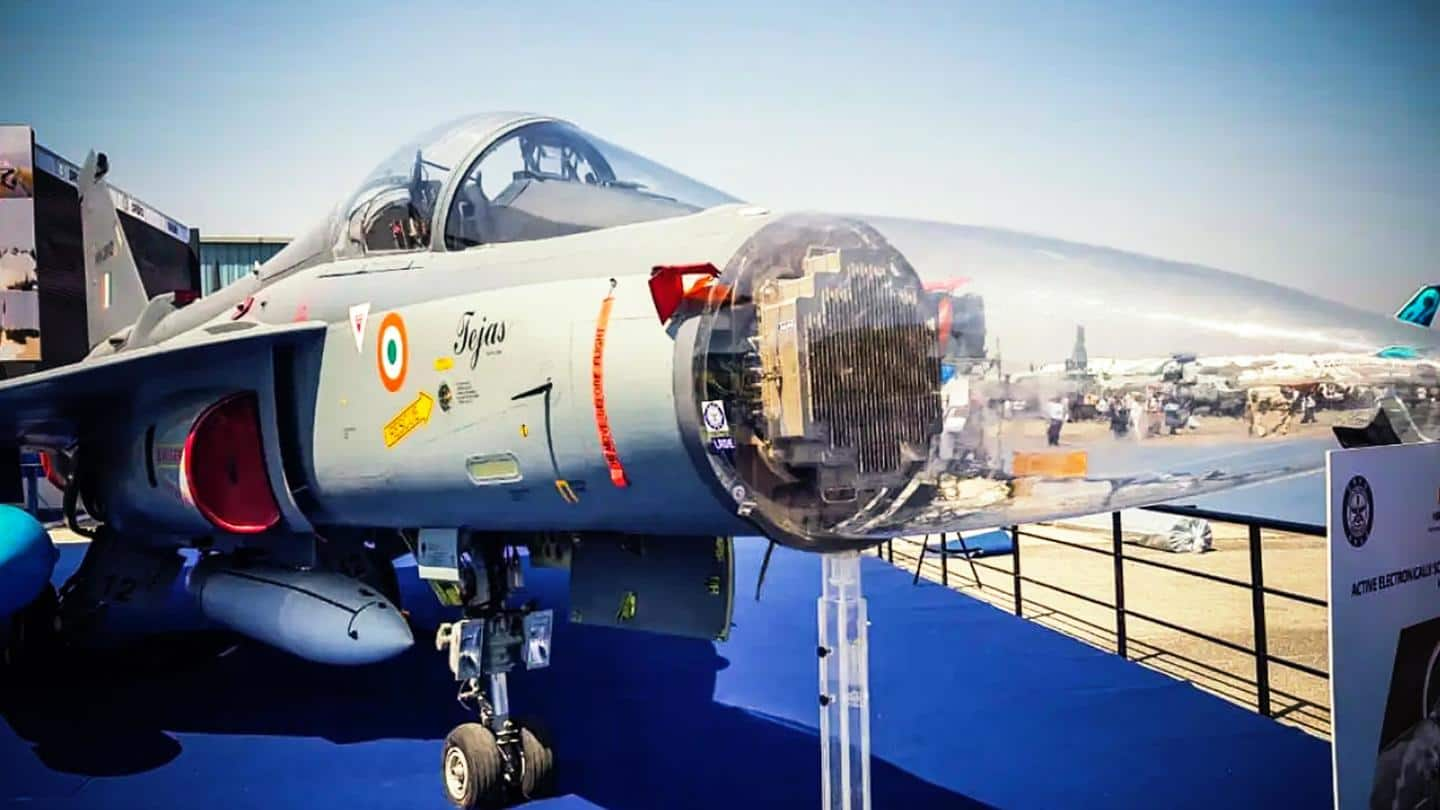
How India's indigenous AESA radar could boost IAF's capabilities
What's the story
The Indian Air Force (IAF) will demonstrate the use of an indigenously-built active electronically scanned array (AESA) radar late in December.
The radar is 95% indigenous, with only one imported subsystem, project director D Seshagiri of Electronics and Radar Development Establishment (LRDE) said.
It can also track 50 targets in the sky at a range above 100 km and take on four targets simultaneously.
Context
Why does it matter?
The AESA radar is a key force-multiplier in electronic warfare, long-range missiles, and long-distance, precision-guided ammunition.
Only a few countries including the United States, the European Union, Israel, and China have it.
It is expected to enhance the capacity of many IAF fighters.
It will also help India counteract China's air superiority as the AESA radar can take on the one developed by Beijing.
Details
Radar passes performance test
The IAF's National Flight Testing Centre has already cleared the AESA radar after successful performance tests.
The radar was tested on two Tejas fighters and a Hawker Siddeley 800 executive jet for over 250 hours, Seshagiri told Hindustan Times.
"The radar will be demonstrated in a flight this month with the force multiplier ready for production," he added.
AESA Radar
Which fighter jets will use the radar?
The LRDE has signed a Memorandum of Understanding with Hindustan Aeronautics Limited for being the radar's lead integrator on the Tejas MK-1A aircraft, Seshagiri said.
The first 16 Tejas MK-1A aircraft will be equipped with Israeli ELM-2052 AESA radars, while the rest will reportedly have the indigenous Uttam AESA radar.
Su-30 MKI and MiG-29 K fighters will also have the AESA radar.
Benefits
How will the radar help India's capabilities?
The AESA radar will play a key role as a force multiplier in the Defence Research and Development Organisation (DRDO)-developed Astra air-to-air missile—which has a range well over 120 km.
It will also help deliver guided ammunition over long distances.
So far, India was using primary radars on its fighters as well as indigenous airborne warning and control systems planes.